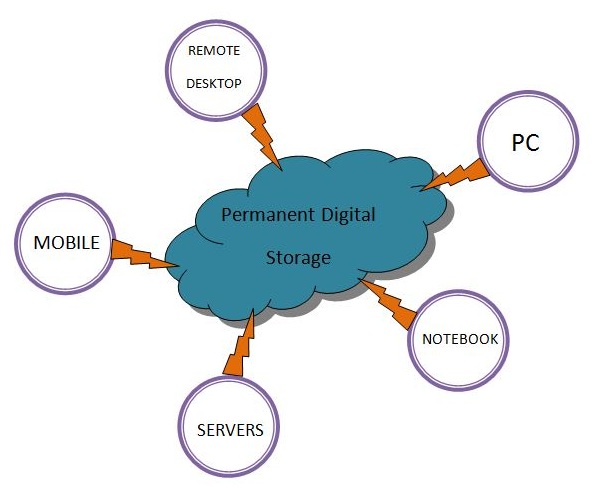Here are some tips to improve your cybersecurity Posted October 6, 2016 by
October is cybersecurity month. As cyber hacks continue to increase, the landscape is changing in many ways. Companies and business owners are taking on more responsibility to ensure their businesses are more protected or face legal and financial consequences. We as individuals are required to be more conscientious when sharing our personal information. And, with the Internet of Things, our families, property and confidentiality are constantly being invaded. So what can you do other than unplugging everything and crawling under a rock? Below are a few simple tips for you, your business and your family to increase your protection.
Protect your business
If you’re a small to mid-sized business owner, you need to pay attention to your cybersecurity. Particularly if you are a supplier to larger companies with sensitive information. More than 60 percent of data breeches occur at small- and medium-sized businesses. Remember that cyber hack some years ago at Target? Well, their network was tapped by going through the HVAC system networks. That hack changed everything. Banks and customers sued and the courts determined that Target had a duty to protect their customers and banks from criminal conduct of a third party. This court case was followed by the Alpine Bank lawsuit that established that small companies are not immune from liability for their role in data breaches. Scared yet? It gets worse so read on.
So how can you limit your business liability?
• Protect your data. Here are few tools to get you started. The Federal Communications Commission has a custom planning guide that you can create dependent upon your business needs. The other is a 30-minute web-based class offered by the U.S. Small Business Administration (SBA).
• Ensure your suppliers are cyber savvy. They should have a least the same level of security you have and yes, this should be more than nothing. Your contracts should require suppliers to adhere to customary practices designed to provide safeguards. Confirm this during the beginning of your relationship, not after something occurs.
• Consider cyber insurance. The National Association of Insurance Commissioners and the Center for Insurance Policy and Research has a good overall article on cyber risk management.
Protect yourself
In 2014, CNN Money reported that 47 percent of U.S. Adults had their personal information exposed by hackers, likely this number has increased during the past few years. The Identity Theft Resource Centerreported more than 28 million records exposed between the beginning of the year and September 8, 2016. The industry response to its consumers seems to be a letter stating, sorry your security has been breached. Here is your free year of credit monitoring services. While there isn’t a lot you can do to change their system, you can change the way you do things.
• Use complex different passwords. This is like flossing your teeth. Your dentist says do it every day and we either ignore them or hate doing it but in reality it really helps. The easiest way to select more secure passwords is to create phrases that you’ll remember and then insert numbers and symbols inside them. For instance, if your phrase is “My cat ate my two fish” the password becomes Mycatatemy2fish. You then create more complexity by changing the values to symbols and numbers, “Myc^t^t3my2fish!”
• Shred your information. Place the shredder by your door and shred your unneeded mail before it gets into the house. The benefit is you’ll also reduce clutter in your own environment.
• Set your online social media privacy settings. Social media sites like Facebook, Pinterest, Instagram and Snap Chat all have security settings. The University of Texas at Austin Center of Identity has information on all of these, the settings that are available, and what they mean.
Protect your family
What is this Internet of Things we all keep hearing about on the news and radio? In a nutshell, the IoT is the network of products that all connect to the Internet in some way. It’s your printer, your car, possibly your television, refrigerator, your security system and even your toaster. All of these things are collecting data from you and your family. That talking Barbie doll, it’s also listening along with other learning toys and gadgets like Amazon’s Alexa. Now, are you getting scared? In reality, it comes down the price to play. If you want the convenience of the product, you may have to give up some of your information. These days, big data is also big business. Here are a few tips:
• Keep your software updated. Those pesky updates often contain new code to help ward off prior computer breaches.
• Limit your apps on your phone to reputable companies. And read the reviews before downloading.
• When using social media, don’t take that quiz unless you’re really willing to give away your preferences and receive future spam.
• Really think about the privacy price you are paying and whether it’s worth value you personally receive before you buy that new fangled device.
Here are some tips to improve your cybersecurity Posted October 6, 2016 by













